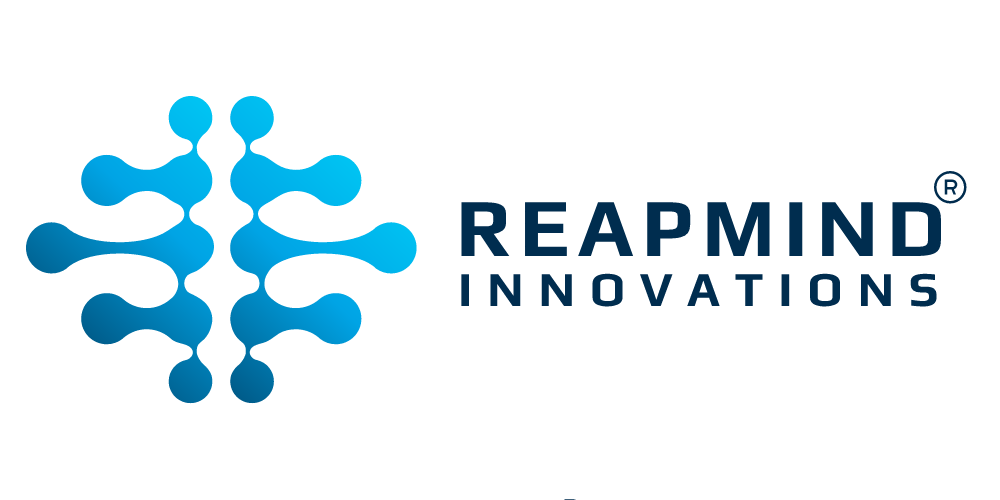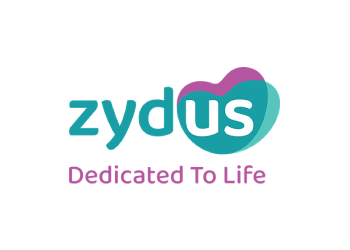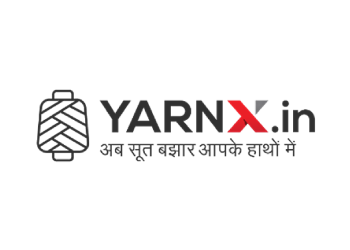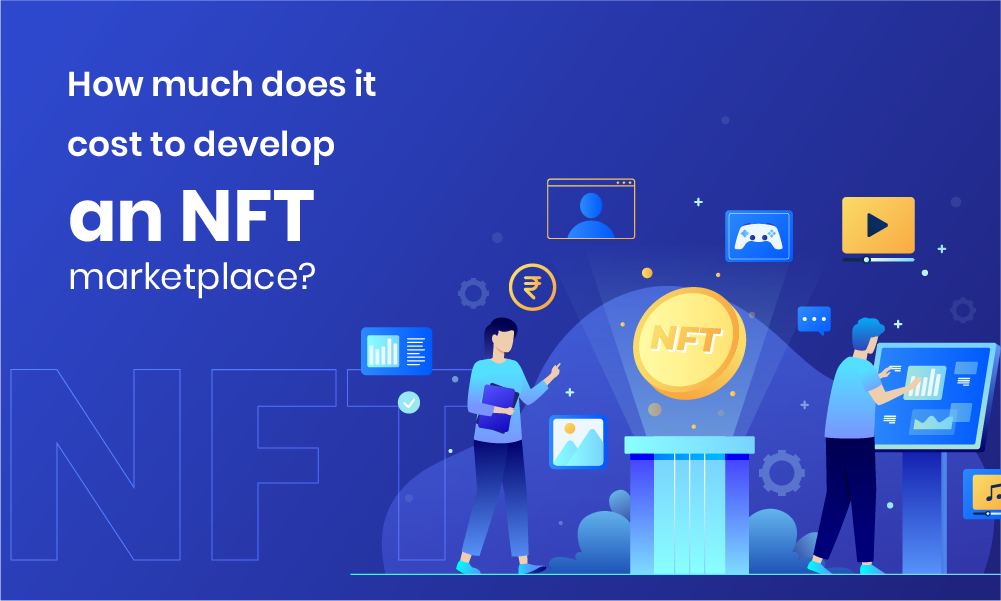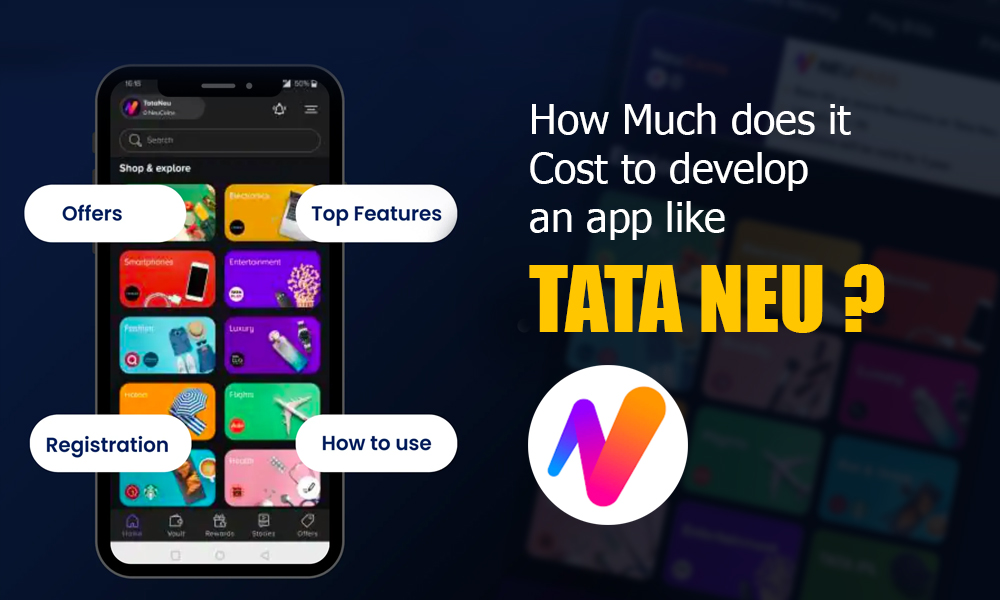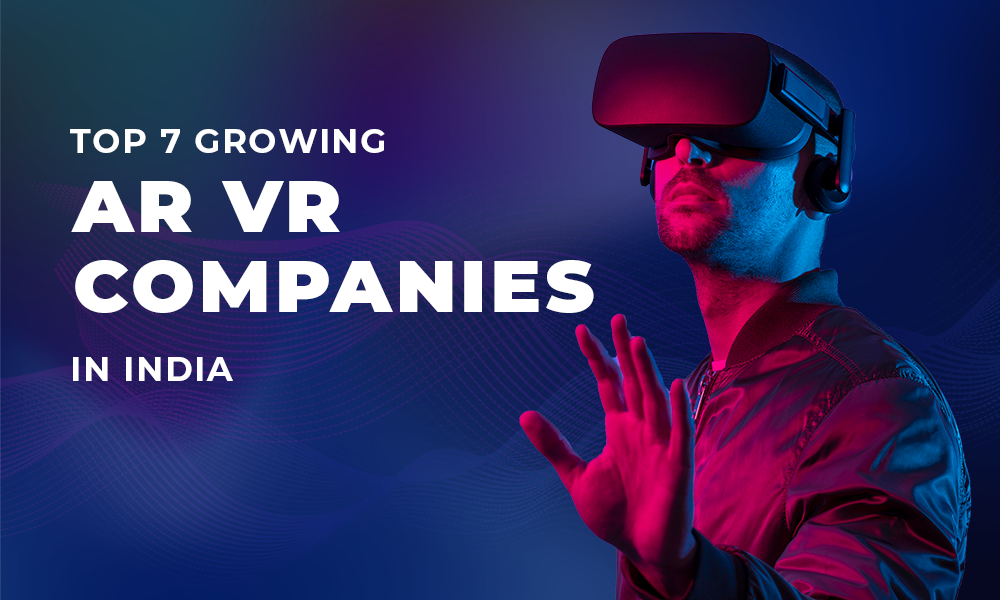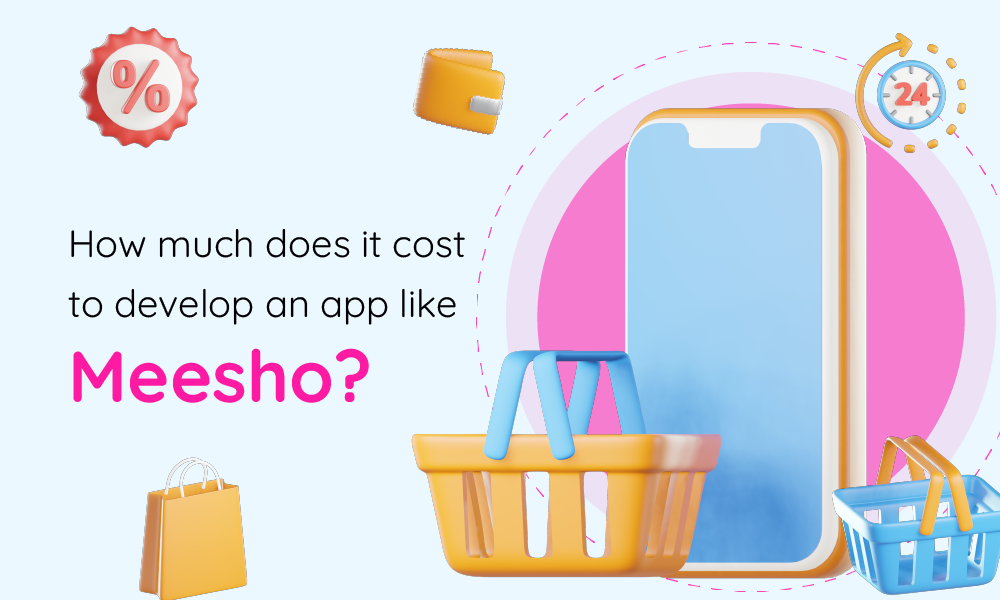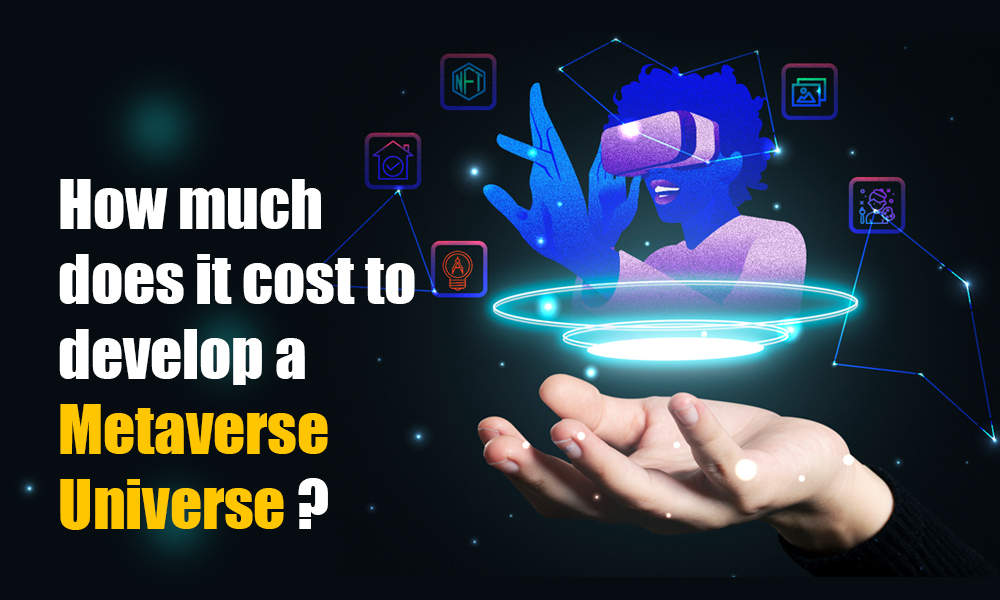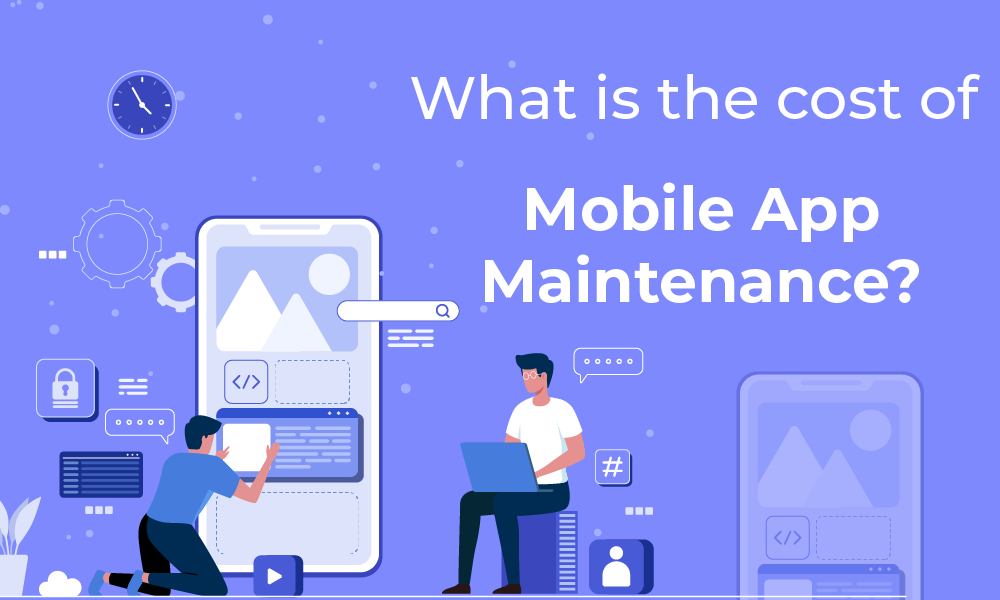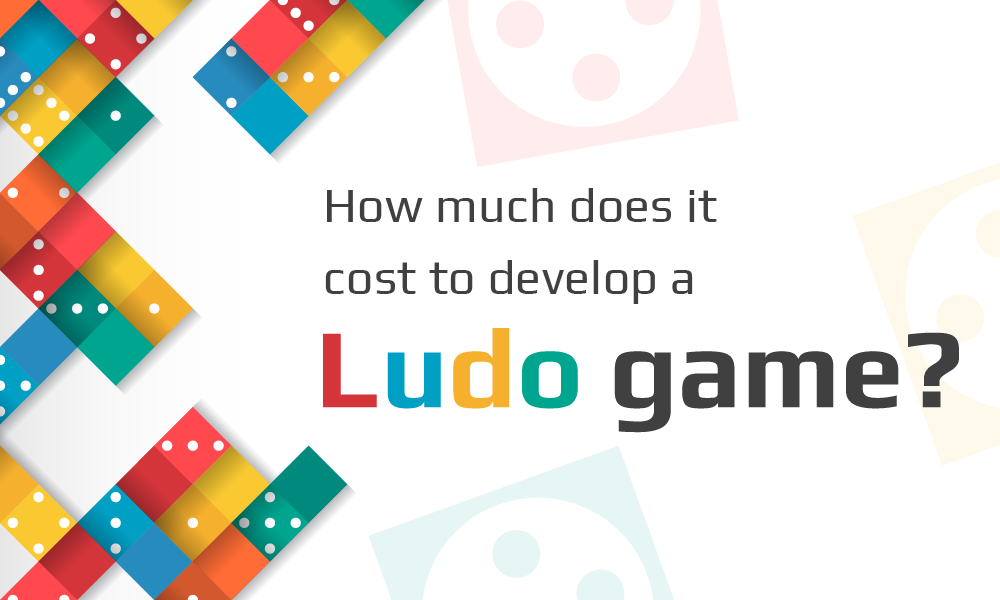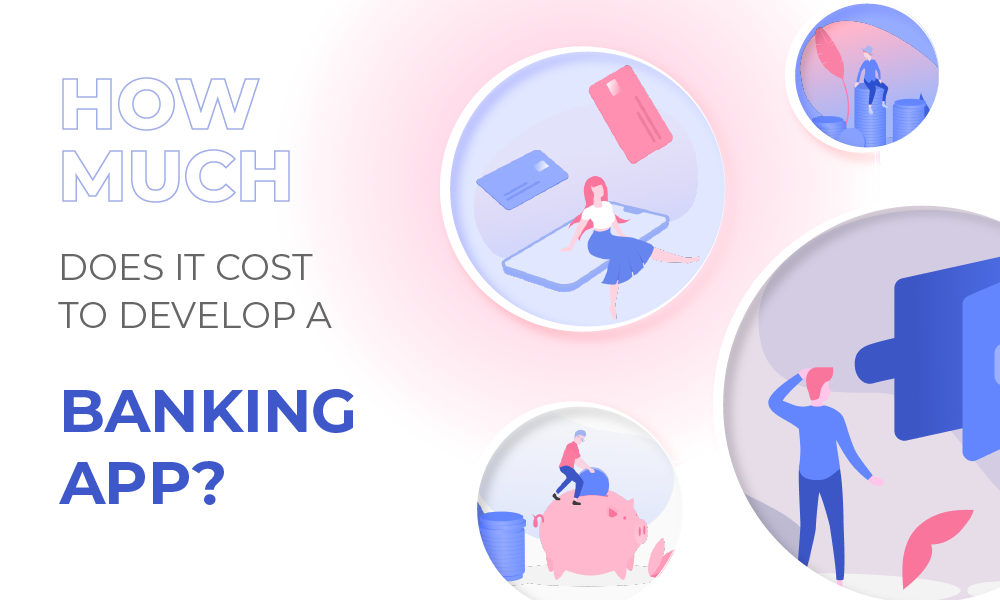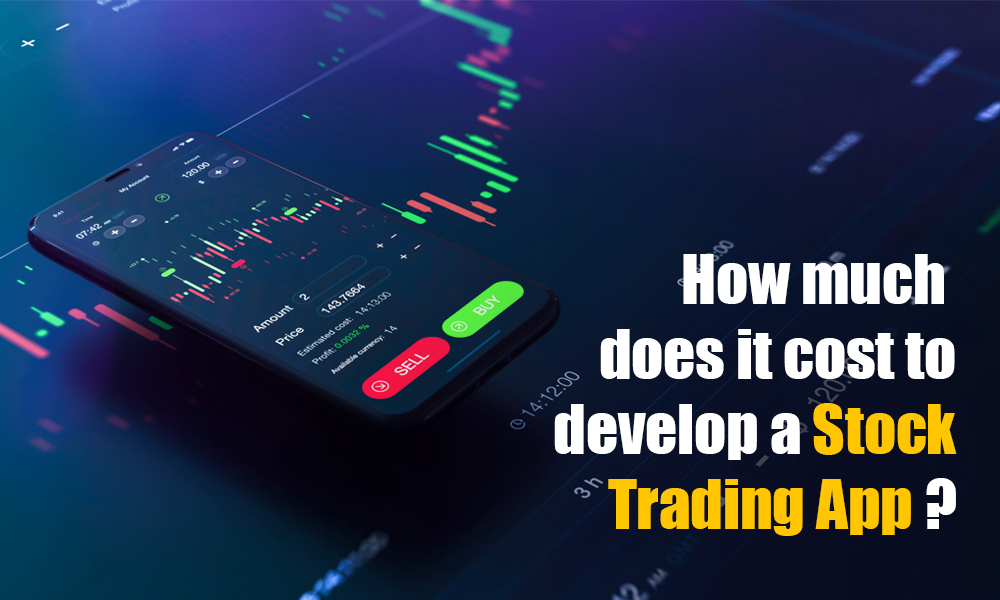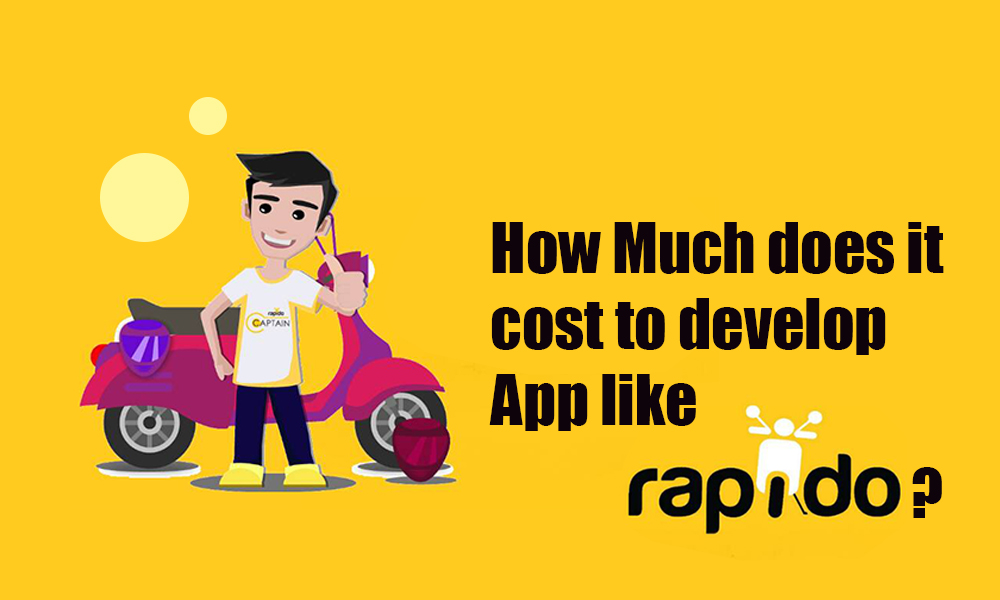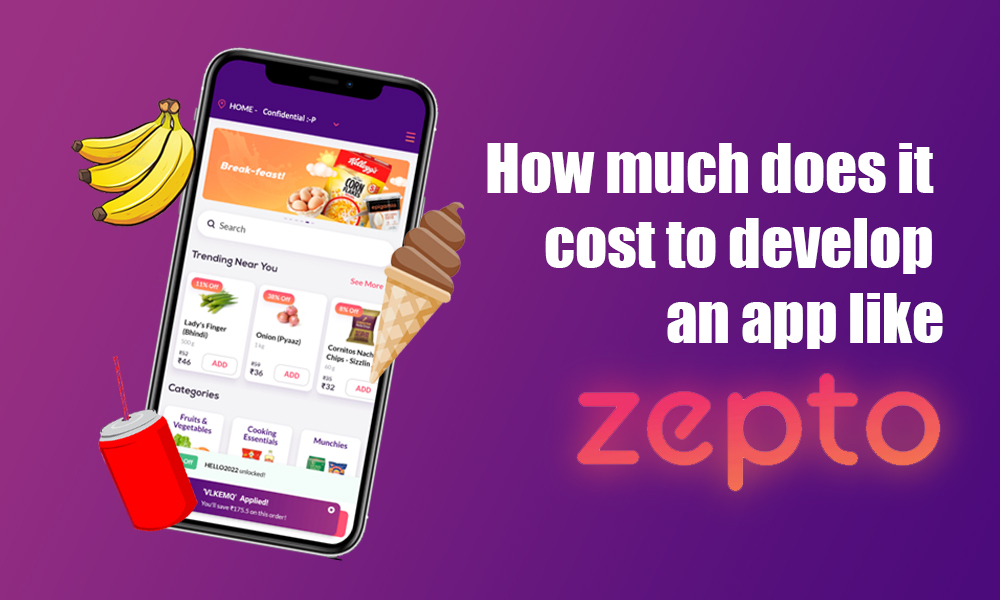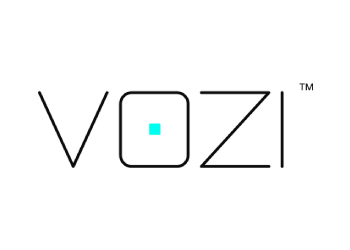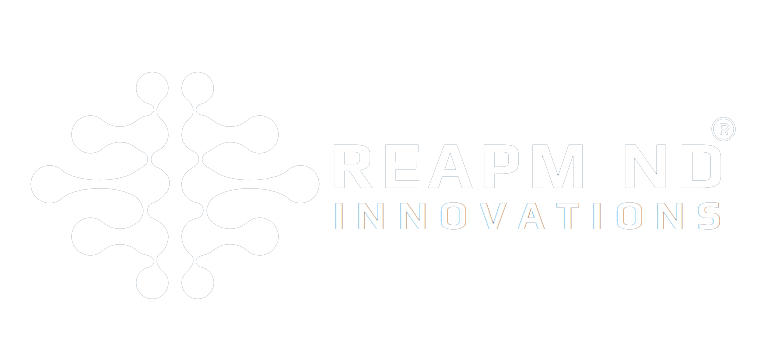Electronic money isn’t a brand-new concept. The increased use of new technologies as a result of Internet commerce has created a demand for new electronic payment solutions. What is truly innovative is the use of electronic payment in retail and the Internet as a new monetary market. Money has evolved into ready-to-use data on a microprocessor or in a database. Without a doubt, the goal of such an instrument is to make the standard payment method more efficient. There are now no defined rules in place for the Blockchain mechanism, and as a result, we are unsure of the boundaries, allowing participants to readily communicate without the presence of a regulator. The universal Internet currency is at the heart of Blockchain technology, which poses a slew of problems concerning its application.
Payment evolution and global competition are made possible by high-end technology. The ambiguities surrounding the digital currency still enable an examination of its unqualified acceptance, trust, and anticipation, which are the leading drivers behind the network’s spread. Banks should carefully analyze the technology underlying these cryptocurrencies as a potentially generic new way of transferring ownership of value in the long run.
Under this blog brought by a top and reputed blockchain development company from Dubai, Abu Dhabi and Newyork, you will get to know everything related to the Monetary system on Blockchain
The Prospect of Building a New International Monetary system is becoming a Reality
Table of Contents
ToggleA new type of secure digital money with no centralized authority, based on a revolutionary new technology is blockchain
For many years, computer scientists, cryptographers, technology entrepreneurs, and a deeply inspired global community have dedicated themselves to the creation of a more open and inclusive financial system.
These blockchain projects are still in their early stages, but they are gaining speed and force as large nation-states, large tech companies, and the broader crypto community begin to deliver digital money technologies that will reshape the international monetary system in exciting and unpredictable ways.
Consider Ethereum and many of its competitors. They’re developing an internet economic operating system that will provide an open and immutable system of record-keeping, transaction processing, and computation. And, as with the internet, no corporation or government has complete control over these public blockchains – an important factor in an era of widespread distrust of public and private institutions.
With public blockchains, it is now possible to digitally represent important records and assets and to codify, literally, the rules for their exchange and use via smart contracts. This eliminates intermediaries, lowers costs, and provides near-perfect auditability. Public blockchains enabled the creation of global Stablecoins, which are entirely digital representations of either fiat-pegged or fiat-backed central bank money that can be used and exchanged over the open internet in the same way that digital content can be easily exchanged.
Arriving towards another main part is How will Blockchain technology transform the Current Monetary system?
Blockchain technology, which is part of the emerging DLT family, is posing a challenge to this very complicated monetary system. The Bitcoin network, which was launched by Satoshi Nakamoto in 2008, is the first and most well-known application. It facilitates a digital, decentralized, peer-to-peer monetary system in which a digital value known as Bitcoin can be transmitted without the involvement of a trusted third party, (Central) banks operate as trusted third parties in the existing monetary system, confirming that the sender of the money possesses a higher or equal stock of money, that the money is moved from the sender’s account to the receiver’s account, and that no party can double-spend any money they hold.
All transactions in the blockchain are linked by cryptographically chaining bundles of transactions (blocks) to the previous block of transactions, which is then cryptographically chained to the previous block of transactions, and so on. This design ensures that the party wishing to spend bitcoins must first possess the appropriate amount of bitcoins, either through a transaction or by receiving a newly created bitcoin as a reward for validating transactions.
The majority of crypto-asset schemes are built on open and permissionless blockchains, in which anyone can participate and perform both of the following functions: First, use the system as a transfer mechanism, and then validate the transactions by participating in a global proof of work (PoW) mechanism. The majority of crypto assets use this mechanism to ensure that no one can double-spend or create money by implementing transactions from nowhere into his digital wallet. The PoW mechanism ensures that validation market participants only confirm valid transactions: They must solve an iterative computational puzzle, which consumes energy that must be paid for in fiat currency.
Take Away
The purpose of this blog was to provide an analysis of the use of Blockchain and cryptocurrencies in general, and specifically Bitcoin. The research tells that cryptocurrencies have a promising future if certain institutional-formal conditions are met. The majority of academics recognize the benefits of using cryptocurrencies and Bitcoin in trade facilitation, cost reduction, and other areas. Bitcoin and other cryptocurrencies have the potential to revolutionize both traditional and innovative payment methods. To achieve this and become the dominant force in the global payment system, they must provide a distinct individual value while dealing with and overcoming several critical challenges, such as formal regulatory issues. It is highly unlikely to occur in a short period
.
Most imperative is banks should also carefully investigate the technology that underpins these cryptocurrencies as a potential broad new form of transferring ownership of wealth over time. On the other hand, we’ve seen how cryptocurrencies, as a new phenomenon in society, have the potential to create a new system of transparent and fluid resource flow that may boost any economy.
Stable coins are crypto assets that are strengthened by real assets such as fiat currencies, government bonds, or precious metals in order to achieve high price stability. It is now time for central banks to join the process of innovating and digitizing the money and payment systems. Central banks can use DLT to create their digital currencies (CBDCs) and benefit from DLT features.
FAQ’s
How Blockchain is transforming the process of the banking industry?
Blockchain enables people to trade directly with one another by using a shared ledger to keep track of transactions. This eliminates the need for intermediaries such as stock exchanges and banks.
Can you refer to the blockchain development company that builds Distributed ledger technology-based applications?
ReapMind has been a trusted technology consulting and Blockchain development company keeping the best records of delivering incredible blockchain-based solutions which in turn skyrocketed the outcomes of startups and enterprises
Reapmind team keeps expertise in:
Blockchain consulting
Blockchain development, deployment, Maintenance, and Upgrades
Works on advanced Multiple blockchain platforms like Ethereum, Hyperledger, Distributed ledger technology(DLT), NEO, and More To Know more about Reapmind connect us at info@reapmind.com
